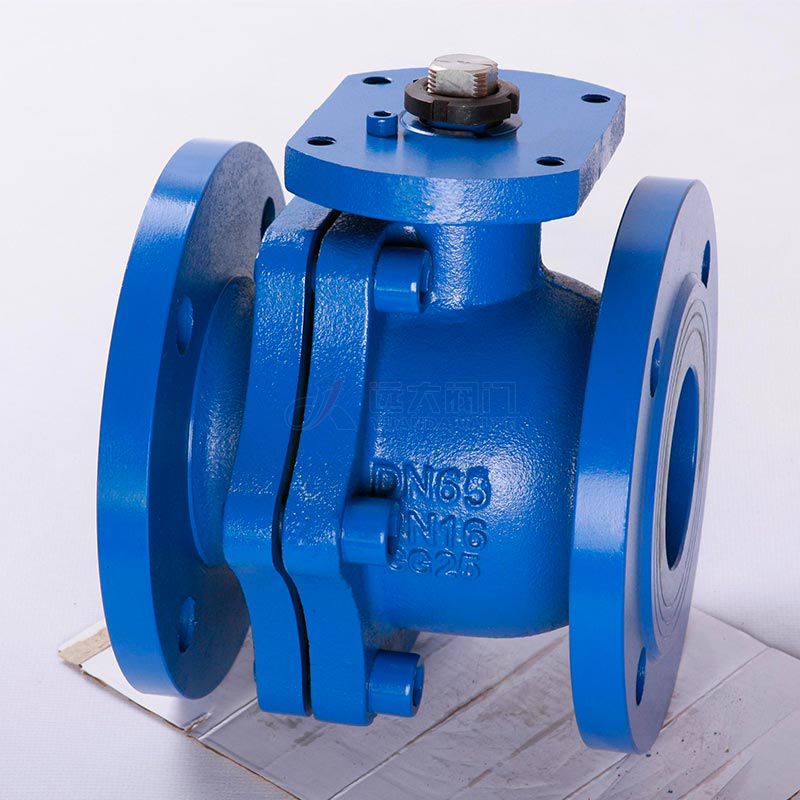What is a ball valve used for?
In the realm of fluid control and plumbing, ball valves stand as indispensable components, offering a reliable and versatile solution for controlling the flow of liquids and gases.
1. Understanding Ball Valves:
1.1 Basic Design:
A ball valve consists of a spherical disc, often referred to as the ball, with a hole bored through its center. The ball is positioned within a valve body and rotates on its axis, controlling the flow of fluids through the valve.
1.2 Actuation Mechanisms:
Ball valves can be operated manually with a lever or handle, or they can be automated using electric or pneumatic actuators for remote and precise control.
2. Key Features of Ball Valves:
2.1 Quick and Full Shut-Off:
One of the primary advantages of ball valves is their ability to provide quick and full shut-off. When the valve is in the closed position, the ball completely blocks the flow path, minimizing leakage.
2.2 Low Maintenance:
Ball valves are known for their simplicity and low maintenance requirements. The uncomplicated design reduces the likelihood of failure and facilitates easy repair when necessary.
2.3 Durability and Reliability:
The robust construction of ball valves, often made from materials like stainless steel or brass, contributes to their durability and reliability, making them suitable for a wide range of applications.
3. Common Applications of Ball Valves:
3.1 1. Residential Plumbing:
Ball valves are frequently used in residential plumbing systems to control the flow of water in household pipes. Their quick shut-off capability is advantageous for emergency situations.
3.2 2. Industrial Processes:
In various industrial settings, ball valves are employed to regulate the flow of liquids and gases in pipelines. They are especially favored in applications where quick and precise control is essential.
3.3 3. Oil and Gas Industry:
Ball valves play a crucial role in the oil and gas industry, controlling the flow of crude oil, natural gas, and other fluids in pipelines and processing facilities.
3.4 4. Chemical Processing:
The chemical industry relies on ball valves to manage the flow of corrosive and abrasive fluids. Their resistance to chemical corrosion makes them suitable for these demanding applications.
3.5 5. HVAC Systems:
Ball valves are commonly used in heating, ventilation, and air conditioning (HVAC) systems to regulate the flow of water or refrigerants. Their ease of operation is advantageous in HVAC maintenance.
3.6 6. Water Treatment Plants:
Water treatment facilities utilize ball valves to control the flow of water through different stages of the treatment process. Their durability and reliability are vital in maintaining consistent operations.
4. Specialized Types of Ball Valves:
4.1 1. Three-Way Ball Valves:
These valves have an additional port that allows for more complex flow configurations, making them suitable for applications where the direction of flow needs to be diverted.
4.2 2. Trunnion-Mounted Ball Valves:
Designed for high-pressure and high-temperature applications, trunnion-mounted ball valves feature additional support for the ball, enhancing stability and sealing capabilities.
In essence, a ball valve is a multifaceted component with widespread applications across residential, industrial, and commercial sectors. Its versatility, combined with features such as quick shut-off, low maintenance, and durability, makes the ball valve an indispensable tool in fluid control systems, ensuring efficient and reliable operations in diverse settings.
278
0
0


Comments
All Comments (0)